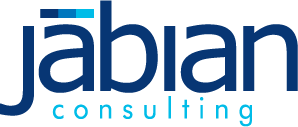May, 2014
By, Mitchell Kinkaid
Unless you’re one of the few people in this world who deals with creating process flows on a regular basis, you probably haven’t spent much time finding useful applications for them. You’re probably most familiar with using them as inputs to software/service design or business process improvement. I’ve been fortunate (yes, I did purposefully use that word) enough to dabble in process for the last 10 years and I’ve recently found another way to maximize this investment. It centers on managing human capital, more specifically, creating job descriptions.
Whether you are creating a new organization or just making modifications to one that already exists, it pays to systematically examine employee roles and responsibilities using a forward looking business process flow. It can help you clearly design and communicate new positions or changes to existing ones. Process flows generally group tasks by role using swim lanes. Those lanes can help you identify and document the basic sections of your typical HR job description. That includes the job duties/responsibilities, qualifications required to perform the sum of those tasks, special demands or technical qualifications, the job’s purpose or how it contributes to the company’s success, and finally the job’s overall goal(s) and how those will be measured. By taking a step back, HR can then determine the role’s logistics: title, pay grade, hours, etc. Lastly, as process flows get modified over time, new roles will develop and responsibilities will be shifted, creating new career pathways. Periodically taking inventory of and documenting those new and existing careers is key to ensuring you attract and retain the right talent!
